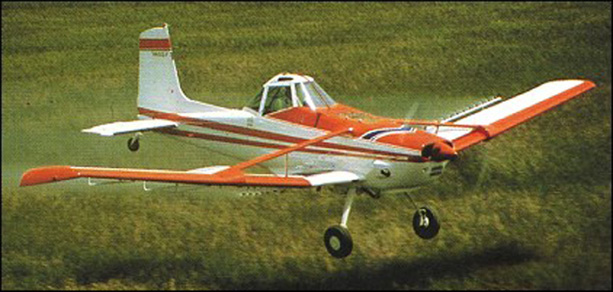While the farm season is winding down, aerial applicators are still working by seeding cover crops via aircraft. You may continue to hear the hum of an aircraft’s engine until early fall. One of the most promising conservation practices aerial applicators can assist farmers with is aerially applying cover crop seeds, which are grasses, legumes, small grains, and other low-maintenance crops planted specifically to improve soil health and biodiversity.
Cover crops are important to farmlands because they control erosion; nourish, retain and recycle soil nutrients; build organic matter and add hydration to improve soil health; improve water quality; and break disease and insect cycles. The roots of the cover crop improve soil structure by creating passages that allow for increased moisture and aeration. Soil compaction is essentially eliminated when seeding is done with aerial application.

“Quick growing cover crops hold soil in place, protect against erosion from wind, rainfall and snowmelt,” said Andrew D. Moore, chief executive officer of NAAA. “By slowing erosion and run-off, this in turn helps protect water quality by reducing sediment in streams, rivers, and lakes.”
Growing cover crops also increases soil carbon sequestration, which involves removing and storing carbon dioxide from the atmosphere. Aerial applicators seed 3.8 million acres of cover crops annually which means they are responsible for helping to sequester 1.9 million metric tons of CO2 equivalent annually. According to the EPA, this would be the equivalent of removing approximately 412,000 cars with carbon-combustion engines from the roads each year.
Aerial application offers the ability to spread the cover crop seed over the existing cash crop without any disruption to the standing crop. This means the cover crop can already be established when the cash crop is harvested. Using a drill to plant cover crops requires a terrestrial vehicle and for the grower to wait until their cash crop is out of the field, which might not be the best timing for establishing a healthy cover crop. This can be especially true in northern parts of the U.S. where the first frost can interfere with cover crop growth if they are seeded too late. Aerial application can also be used when the soil is wet and can seed many acres quickly.



